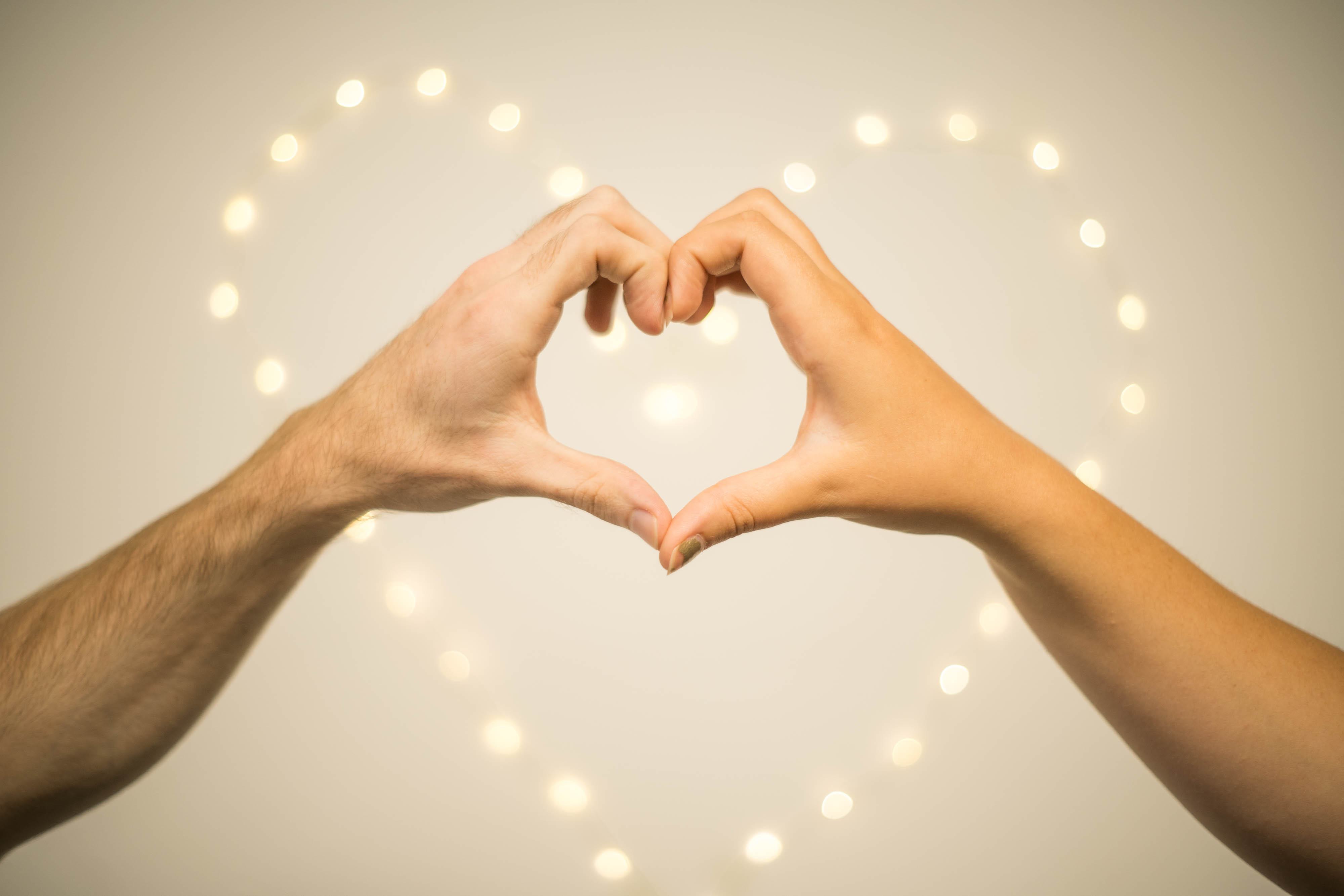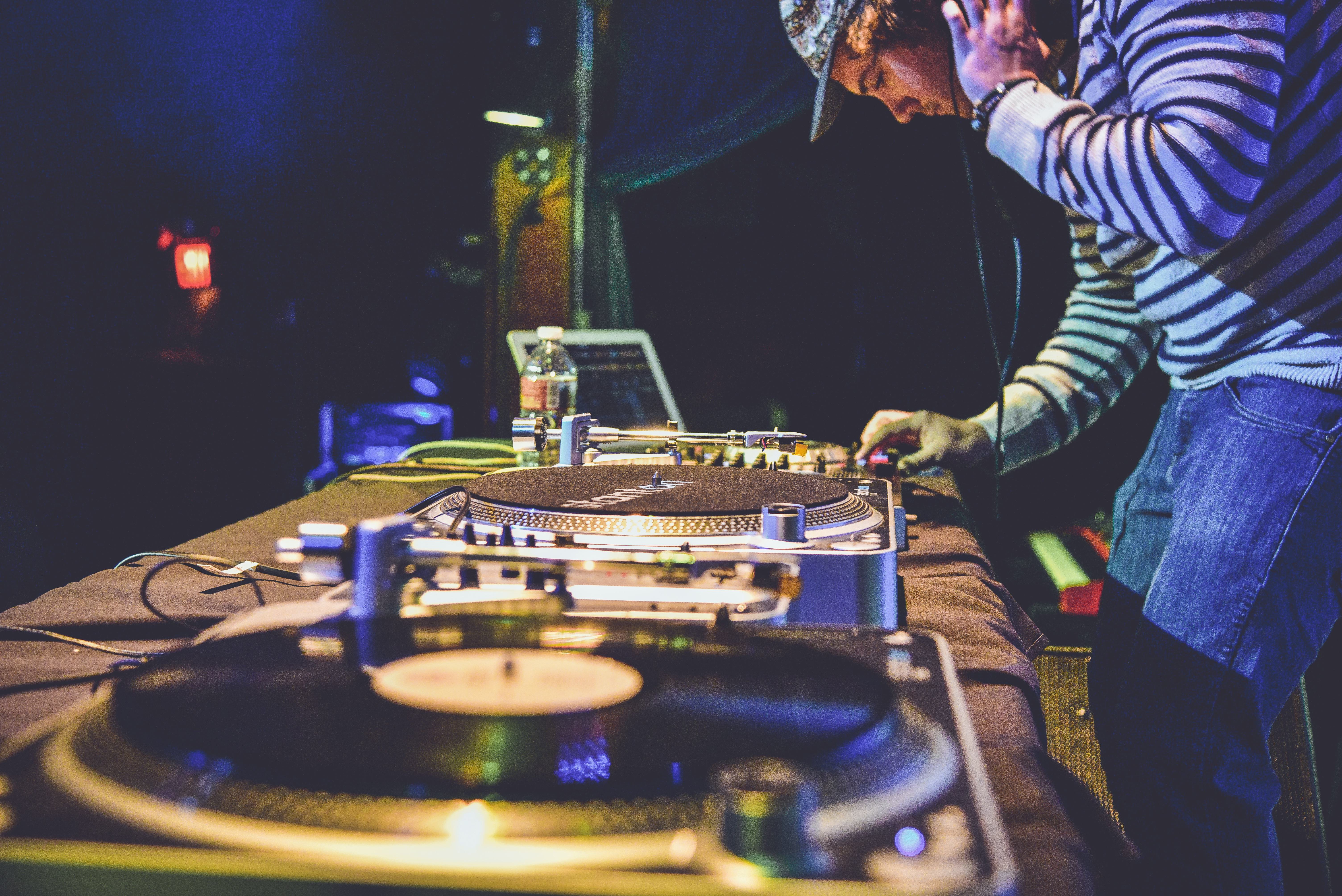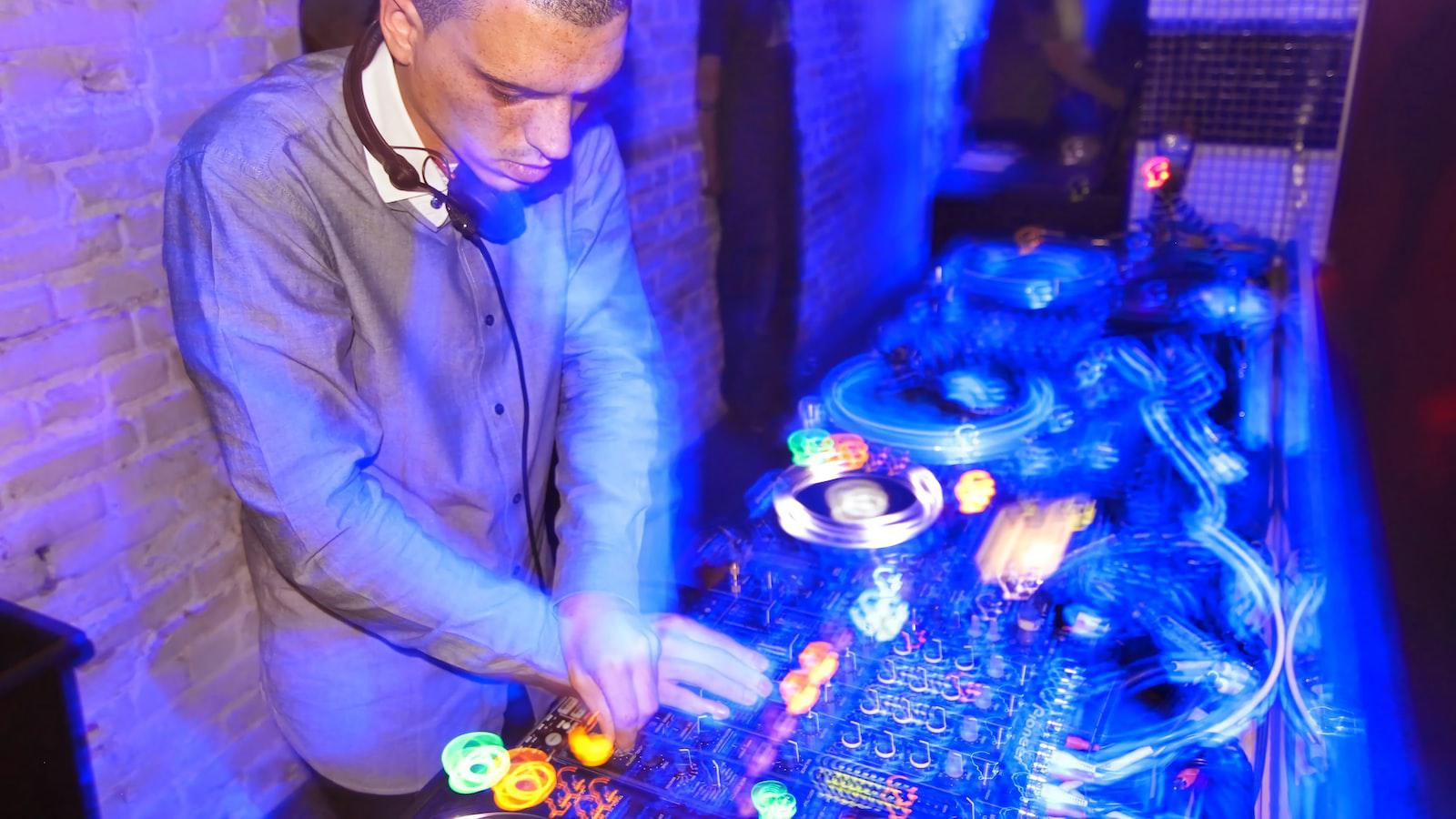It’s a debate that has divided music genres and dancefloors for decades: do DJs have the right to adorn their sets with effects? For some purists, using effects is like adding unnecessary embellishments to a masterpiece, while others claim that effects are essential if a DJ wants to be creative and stand out from the crowd. So what’s your opinion? To explore this age-old argument, let’s dig into DJ culture, consider the pros and cons of using effects, and discover why different DJs hold different beliefs about this divisive debate.
1. Benefits of Using DJ Effects
Using DJ effects can help to further enhance your music and create great sounding tracks that will take your recording to the next level.
- More flexibility: Using DJ effects allows for a much wider range of sonic textures and possibilities than can be achieved with just instruments and vocals alone. As such, you can craft your music to sound exactly how you want it to.
- Unique flavor and variation: You can take advantage of the vast array of different effects to add character and flavor to your mix. It’s also a great way to add variation to your tracks and create interesting transitions that will grab the attention of your listeners.
- Helpful for rhythm production: By manipulating the way your instruments sound, you can easily create and craft complex rhythms and percussive layers that would be nearly impossible with just regular instruments and vocals alone.
- Improved sound quality: By using DJ effects you can give your music a professional production quality and polish that you weren’t able to achieve before. This is a great way to make your music sound great without having to spend loads of money on expensive sound equipment.
In conclusion, using DJ effects can be a great way to take your music production to the next level and create fantastic sounding tracks that will sound just as good as professional recordings. It’s also a great way to experiment and give your music unique and interesting flavor that will set you apart from other producers.
2. Creating Unique Sets with Effects
If you want to create really unique effects, experiment with combining your sets in unexpected ways. Think outside of the box and explore what can be done when different elements are blended together. Try layering basic sets or props on top of or within each other to see what type of creative new shapes can be formed.
You can also combine different materials or textures to create 3D textures or shapes. This can be done through 3D printing technologies, assembly kits or collages. Other methods to introduce unique sets into your designs are through upcycling, recycling or reusing materials in innovative ways – the possibilities are endless. Push your own boundaries and explore what you can create with these creative techniques!
- Layering basic sets on top or within each other
- Combining different materials or textures to create 3D textures
- Introducing unique sets through upcycling, recycling and reusing materials

3. Basic Principles for Using Effects in DJ Sets
DJs have a wide selection of effects to choose from, which can help them create interesting and complex soundscapes. However, it is important to know when and where to apply effects in order to get the most out of your mix. Here are some tips to get you started:
- If you over-use effects, your mix will sound choppy and unnatural. Keep your effects use to a minimum for the most professional sound.
- When adding an effect, give it space to breathe. The fewer elements present in the mix, the more impact the effect will have.
- Listen to what comes before and after the effect. This will help you decide if the effect should be long or short, and where in the mix it needs to go.
- Focus on the rhythm of your mix. Effects should usually follow the beat, allowing the track to come back after each effect in a natural way.
With practice, you’ll soon develop your own unique approach to using effects in DJ sets. Remember to experiment and have fun – the only right way to use effects is the way that sounds best in your mix!

4. Recommended Strategies for Using Effects in DJ Sets
When playing a set, using effects can be powerful tools for creating unique and engaging mixes. Here are 4 strategies for using effects in DJ sets:
- Work with one effect at a time: If you’re working with multiple effects, it’s important to focus on one at a time. You want to make sure that you have mastered each effect before moving on. This will ensure that your mixes sound polished.
- Adjust your effects over time: Effects are not meant to be set-and-forget; they are dynamic and should be adjusted throughout your set. Listen to how your mix sounds and adjust your effects accordingly.
- Experiment with combinations: Test out different combinations of effects to see what works best with certain tracks and in certain scenarios. This will give you a greater understanding of how effects can be used to enhance your sets.
- Automate your effects: Utilize the automation features available with your gear to fine-tune the timing and intensity of your effects. This will make your mixes sound more coherent and dynamic.
By following these strategies, you will be able to take your mixes to the next level and create truly unique experiences for your audience. Have fun experimenting with effects and most importantly, keep practicing!
Whatever your opinion on using effects in DJ sets, there is no denying the impact they have had on digital music as a whole. With effects becoming increasingly easier to use and integrate into a DJ set, we wouldn’t be surprised if we start to hear them more frequently in the not too distant future.

